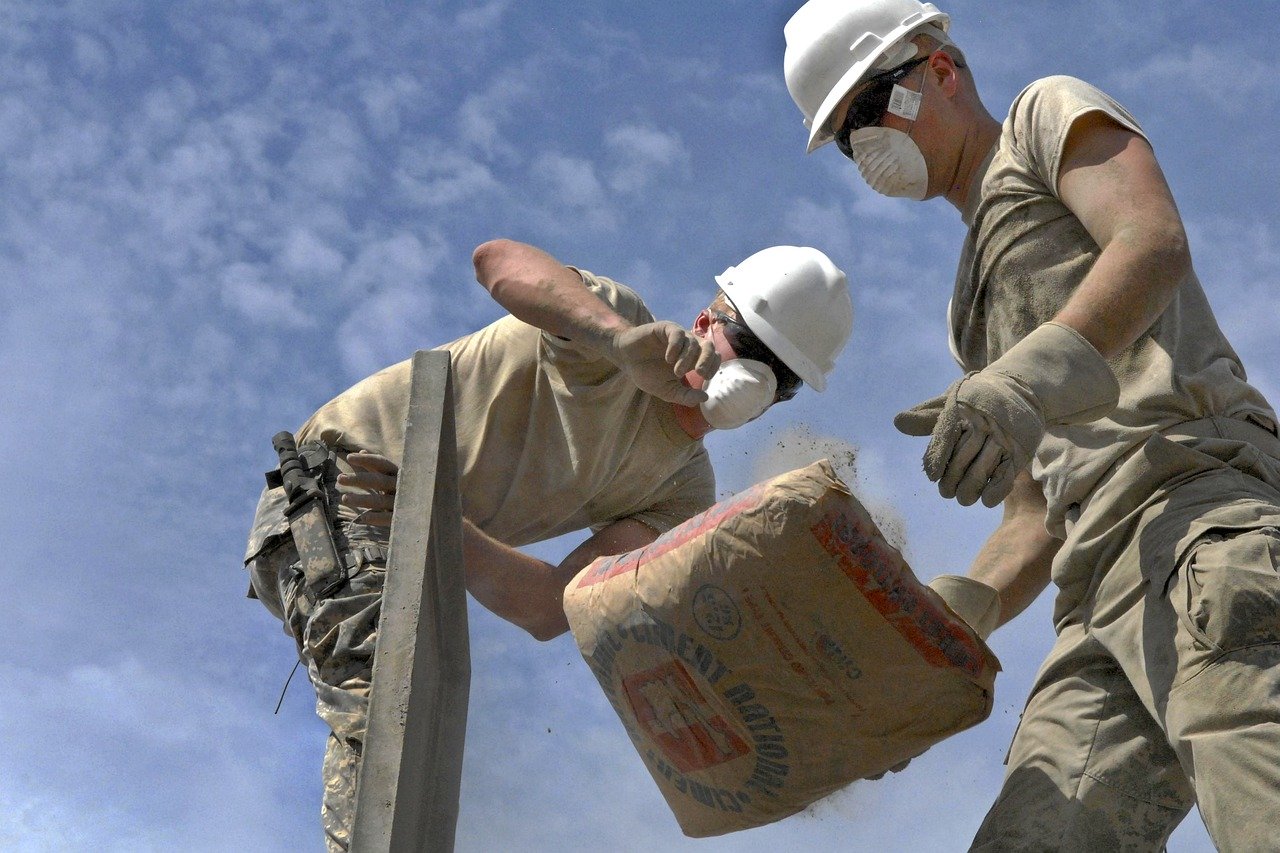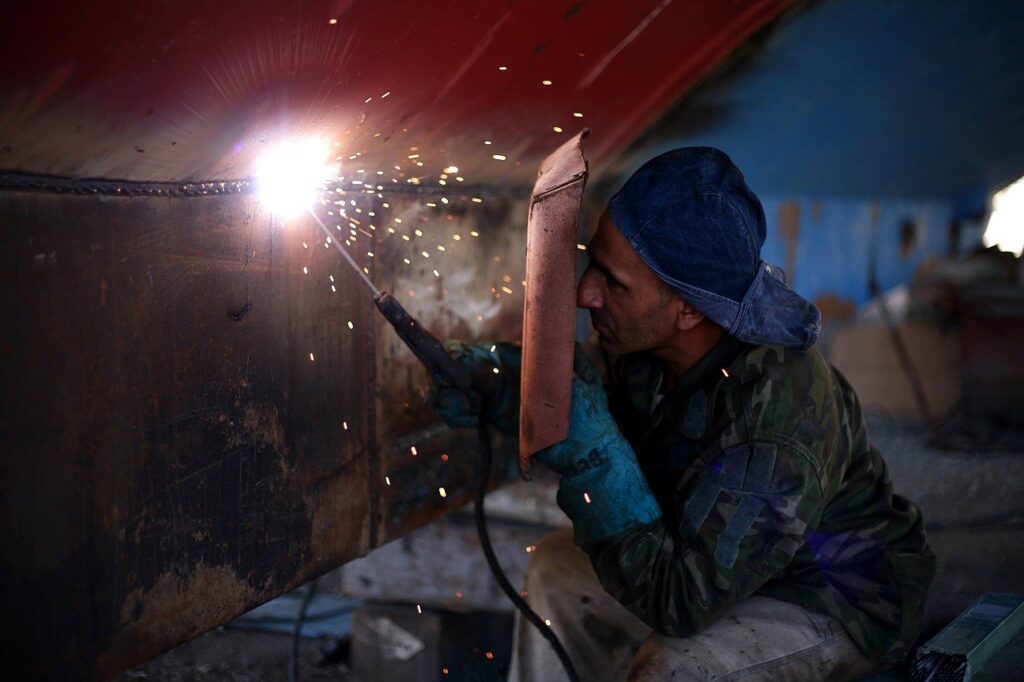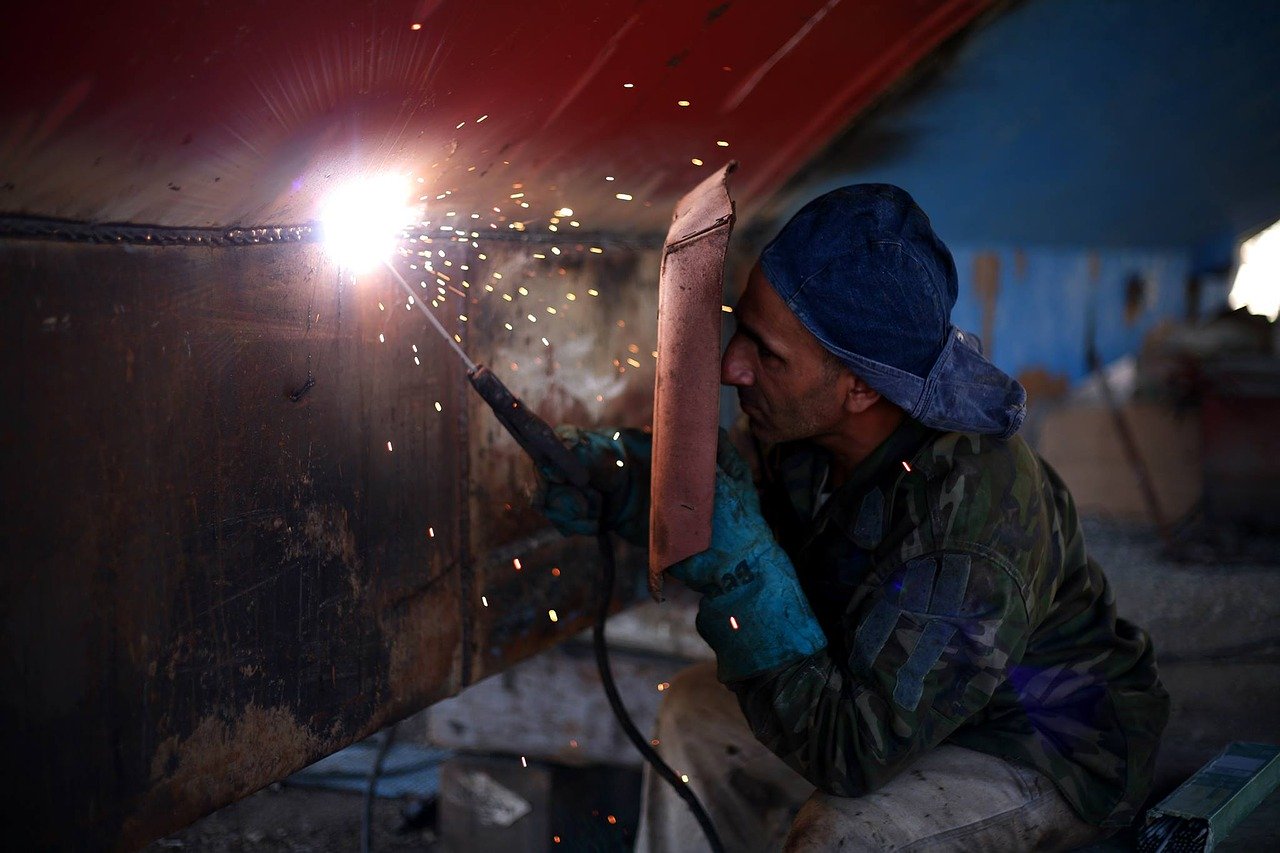What does QHSE mean?
QHSE stands for Quality, Health, Safety and Environment management as defined by the ISO14001, ISO9001 and OHSAS18001 standards. It has different names across the world such as SEHQ and QESH but the core concept is always the same.
Simply put, QHSE is a detailed system that offers a concrete context within which all companies manage their health and safety operations as well as all the aspects of their activities that are related to quality and the environment.
Read also: The modern QHSE manager’s role in today’s construction
QHSE (or SEHQ/ QESH) is based on the idea that prevention is better than cure and perceives all errors on and off site as situations that could be prevented through the implementation of the right systems and processes.
Like that, the health and safety management system can effectively protect people working on the field and ensure that the planned and ongoing working operations harm the environment as little as possible. This vigorous approach towards health and safety results in training and project management methods of higher quality, too.
What is the job of a QHSE or SEHQ manager?
A QHSE manager is an integral part of designing, developing and eventually monitoring the implementation of an intuitive quality, health and safety system in a construction company. QHSE managers should continuously ensure that the required standards are followed so that all project tasks are developed under safe circumstances and that the final result of the work done on site will live up to the quality expectations of the client without having a negative impact on the environment.
It goes without saying that this is a continuous process and for that reason, QHSE or SEHQ managers need always to be on their toes to ensure that everyone is following the agreed guidelines.
In a sense, QHSE managers should be perceived as health and safety culture ambassadors since it’s their area of responsibility to mobilise everyone and keep them aware of the quality, health and safety requirements.
The biggest health and safety risks in construction
Before we dig deeper into how you can keep your QHSE process up to speed, it is a good idea to take a closer look at some of the most common health and safety risks in construction. In a nutshell, we could summarise them to the following:
1. Falls and slips
Construction sites are filled with all kinds of traps and obstacles for those who aren’t extra careful. That being said, it is of paramount importance that all workers and visitors to the field follow the safety instructions given by the site manager and the QHSE manager.
In that way, site teams can perform perilous tasks, such as digging holes and transferring equipment in a safer way.
2. Height accidents
Falls from heights are the top source of fatal accidents on construction sites, as reported by the Center for Construction Research and Training. People working on a crane, scissor lift or scaffolding need to undergo special training so that they know how to avoid accidents.
And this is an area where a proactive QHSE (or SEHQ) manager needs to focus in order to establish a standardised training process for every individual who is working on such tasks.
3. Moving materials and equipment

The Infrastructure Health and Safety Association reported an average of 2,000 lost-time injuries from falling objects over a five-year period. A construction site is alive with moving objects, constantly changing with various equipment lifting heavy loads overhead or dumping loads everywhere. Hazards are therefore inherent.
The most common objects that fall range from steel beams to small hand tools, and cause various injuries of bruises, fractures, strains, and sprains. Limiting the number of injuries related to moving objects include two types of controls: physical controls that stop objects from falling or falling very far and procedure controls that change the way tradesmen work so that objects can’t fall.
4. Electricity
Statistics say that on average, three workers are electrocuted every year in the construction industry during refurbishment work on domestic and commercial buildings. Working near power lines and cables add to the risk. Workers who are not qualified to work as electricians but carrying out electrical work are also increasing the number of electrocutions in the industry.
Safety commissions have reduced risks by implementing the use of non-conducting materials in the vicinity of power lines and cables and by requiring safety training. Electrocution hazard warning labels also greatly reduced this problem.
5. Noise
Noise is one of the major “silent” hazards. Noise does not have the shock value of a fall, but repetitive and excessive noise can cause long-term healing problems. They can also be a dangerous diversion at work that could lead to other accidents. Earplugs do not provide total protection against hearing damage.
By law, companies are required to adhere to noise regulations which include implementing and documenting comprehensive noise risk assessments and issue appropriate personal protective equipment.
QHSE at construction sites: 5 steps to success

Putting together a successful QHSE process is a long and demanding effort. The good news is that with the advent of digital technologies, things can be done in a faster and simpler way. That being said, implementing a modern, digitised QHSE process allows you to standardise your compliance processes and make them easier for everyone to carry out.
With the right digital solution by your side, you can streamline the communication flow between your QHSE manager and on-site workers by introducing a unified process for all people on the field.
In short, here are five steps you can take to ensure success on your QHSE process:
1. Promote the role of HSE across your organisation and prevent accidents
First things first, it is important that you develop and support a culture of safety across the entire organisation. A digital solution, like LetsBuild for example, could help you achieve that by having your Health and Safety processes baked right into the project plan.
By automating the HSE process, you can suddenly transform it into a vital part of the daily routine on site. In that manner, you can increase awareness and significantly reduce the number of incidents in the course of a construction project.
2. Get rid of admin work
All construction projects come with a lot of admin and mental burden. QHSE processes are no exception to that. For that reason, it is of paramount importance to cut admin work as much as possible if you want to succeed.
Digital tools are again part of this paradigm shift, as they can help you maintain a clear overview of compliance actions in one place so you don’t have to spend time connecting fragmented and outdated information.
This makes compliance checks much simpler for staff and sets you free from having to chase site teams down for updates.
3. Find the right tool
One of the golden rules of success when it comes to quality checks on site is to find the tool that will help you get the job done as effortlessly as possible. In other words, you need to find a tool that is made for the field.
Thanks to LetsBuild, for instance, there is no need for multiple apps, as the entire process is automated and standardised and non-conformity follow-ups are sent instantly to management using an all-in-one tool.
Simply put, everything your teams need is on their hands just with a few clicks on their mobile or tablet device.
4. Follow checks closely
You should always keep a close eye on your checks and make sure that they are completed with respect to the existing regulations. Again, digital solutions could play a substantial role in this effort and pave the way for the standardisation of site inspections adding accuracy to the whole process.
With LetsBuild, your forms and workflows define the process and next steps. Not only does this help you standardise processes, but you also ensure that they are compliant with internal rules, contractual agreements, and regulations.
5. Document all activities and problems with photos
A picture is worth a thousand words, as the old saying goes. Avoid having your visual documentation spread across different devices and endless email threads. You need a reliable tool that will allow you to collect, store and manage project photos in a central and secure digital ecosystem.
On our platform, you can easily do that by quickly taking a photo and including it in your progress report as documentation. Furthermore, a detailed audit trail makes it easier for you to run through the entire task history and find the visual documentation that you are looking for in just a few clicks.
What is a health and safety checklist?
A health and safety checklist is a crucial component of the building process regardless of the size or the purpose of a construction project. With the help of health and safety checklists, project teams can define and implement best HSE practices on their projects. In that way, they ensure that all agents execute their tasks under safe conditions and according to the existing specifications.
Not following the agreed regulations may result in the serious injury of the staff on the ground and/or in heavy legal consequences for the entire project team and their organisation.
3 health and safety checklist templates you should use
In an effort to help people from our industry to keep their QHSE processes on point, we have put together and present to you below three safety checklist templates that you can access and implement in your projects for free:
Workplace safety inspection
Use this safety inspection checklist to scrutinise and check your activities and controls that can pose any kind of safety hazard. You can even customise this template to tailor specific safety inspections.
![]()
Incident report
In the event of an accident on the construction site, a form will be drawn up with a general description of the accident site, how and when it occurred and, above all, who is involved. A description and its context will be requested, whether this will have an impact on the smooth running of the project from a budgetary and planning point of view.
![]()
Safety briefing
This form is for briefings that can take place at the beginning or during the project. The aim here is to improve site safety, avoid conflicts and reduce risks. Thus, this briefing form can enable the teams to know the main points related to safety, determine the emergency exits, know the equipment in the first aid kit, and if everything conforms to standards.
![]()
Do you want to learn more?
By now, you have a good taste of what it takes to build and implement a successful QHSE process for your construction projects. If you want to learn more about how digital tools can help your team improve QHSE performance by up to 47%, we highly recommend you to download our free Guide to a Digitised QHSE Organisation!



